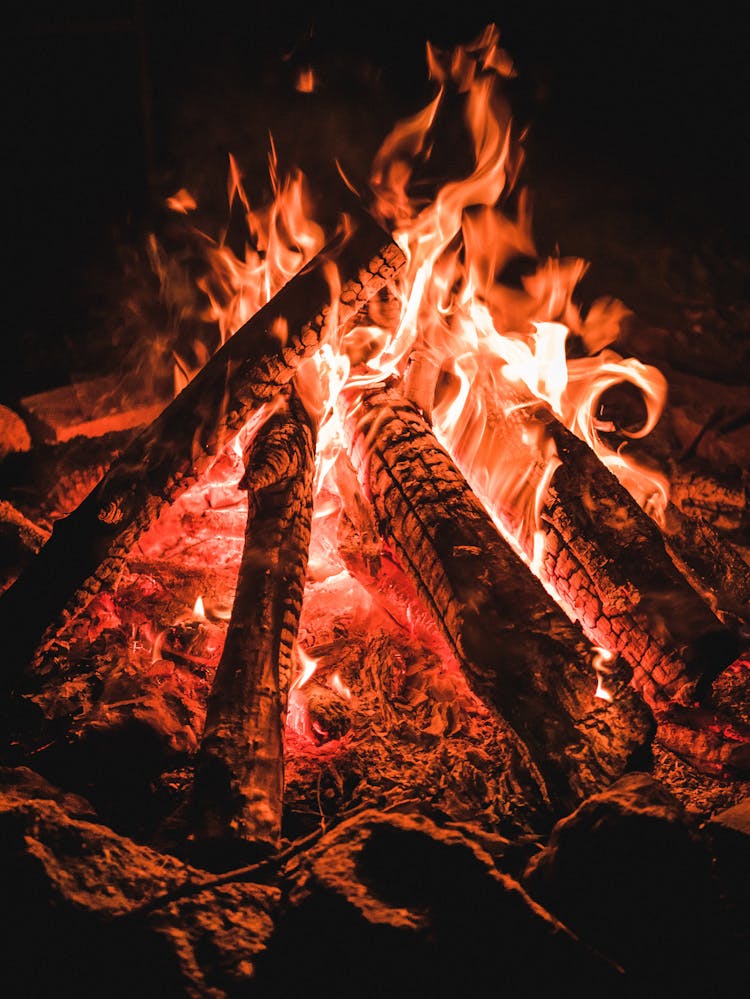How to have an eco-friendly bonfire night
The 5th of November, or fireworks night, can be a lot of fun – but it often comes with a heavy environmental cost. With a few easy changes, however, it is possible to reduce your impact at this special time of year.

Here are our tips for how to have a more eco-friendly bonfire night.
Go to a public event
Individual fireworks displays create more emissions than one large community event. Of course, you could always have drinks at yours with friends before heading out to watch the fireworks. But if you can, head to your nearest town or village display instead of releasing fireworks in your back garden. By attending a local public display, you’ll save money too.
Burn natural materials on a bonfire
If you must make a bonfire yourself, burn only natural materials. Collect wood, leaves, garden offcuts and cardboard – and make sure they’re dry. Avoid setting fire to wood that you could repurpose or reuse instead. Make sure your stack is free of any plastic, rubber debris or toxic paint, too. Burning these releases dangerous chemicals into the air, degrading air quality and polluting the lungs of anyone standing nearby.
Buy eco-friendly fireworks
Fireworks are made of plastic that disintegrates into smaller pieces and litters the surrounding land and water, threatening wildlife. They leave toxins and smoke in the air for days afterwards. And they emit carbon dioxide, a greenhouse gas. If you must buy fireworks, look for eco-friendly versions online. Opt for white fireworks too, as they usually contain fewer harmful chemicals.
Buy quiet fireworks
Bonfire night can be a distressing time for local wildlife – as well as people with PTSD, domestic animals, young children and the elderly. If you want to avoid as much noise pollution as possible, get some quiet fireworks. They’re created with much less flash powder, the chemical that produces the loud bangs. Although they’re not silent, their noise levels range from half the noise of a normal firework to almost no sound at all.
Watch out for hedgehogs
That pile of wood that's destined to be burned is an inviting place for insects and small mammals, especially hedgehogs, who are looking to hibernate. And animals can be impossible to spot once they’re hidden under logs and leaves. Check that the person lighting the bonfire is planning to:
- Build the bonfire only a few hours before it will be lit
- Build the bonfire on clear ground – never on top of piles of leaves
- Keep the bonfire far from any pampas grass, a favourite hideout for hedgehogs
- Surround its perimeter with something like chicken wire, one metre high, if the bonfire must be built in advance
Never release sky lanterns
Sky (or Chinese) lanterns may look pretty in the sky. But once they fall back to earth, they’re deadly to wildlife. Animals can become entangled in their metal wire frames and trapped. And, when ingested, these frames can tear and puncture an animal’s throat or stomach. Instead of releasing sky lanterns, turn your leftover jam jars into tea light holders or attach magnetic lights to a kite.
Minimise single-use packaging
If you’re having any kind of bonfire night party, consider how to cater with as little waste as possible. Make buffet dishes from scratch to avoid excess packaging. Serve party food on normal kitchen cutlery and plates. And send your guests home with containers of leftover food at the end of the night.
Clean up thoroughly afterwards
It’s difficult to overstate the environmental damage fireworks cause. Reduce this harm by joining the clean-up mission usually organised the morning after a community bonfire night display. In the unlikely event there isn’t one planned, arrange your own. Bring whoever else you can enlist and sweep the area to collect litter, fallen firework pieces and sparklers debris.

